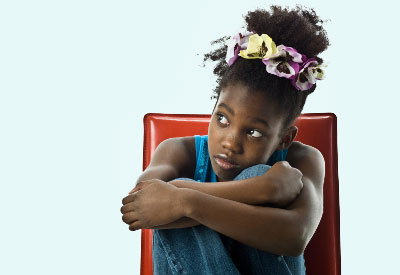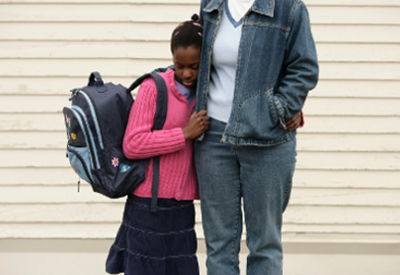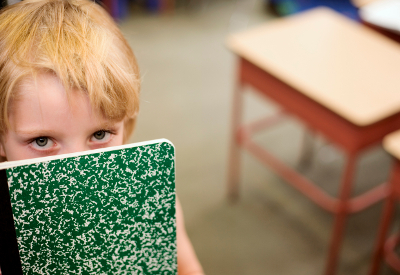Contact Us
Mon-Thu: 10:00- 7:00
Fri: 10:00- 5:00
Sat-Sun: Closed
Treatment

Assessment is the first step to pursuing treatment at CYARD. After an assessment has been completed, treatment options will be discussed.
Throughout this process, you are encouraged to ask questions as you weigh out the pros and cons of different types of treatment. You can read more about the type of treatment that we provide. If it’s determined that another treatment provider would be a better match for your child, a referral will be offered.
Generalized Anxiety

Generalized Anxiety Disorder is characterized by excessive and uncontrollable worry about a number of events or activities, often related to school, performance in sports, safety/health, family issues, world affairs, and/or striving for perfection. This worry is often accompanied by symptoms such as restlessness, irritability, sleep disturbances, and difficulty concentrating.
Obsessive-Compulsive Disorder (OCD)

Obsessive-Compulsive Disorder (OCD) is characterized by recurrent, intrusive thoughts and/or images (obsessions) and repetitive behaviors or mental acts (compulsions) aimed at reducing discomfort. Additionally, children and adolescents may avoid situations that trigger these symptoms.
Separation Anxiety

Separation Anxiety Disorder is characterized by excessive distress pertaining to separation from home or a family member. Symptoms might involve worry about harm happening to parents when separated and reluctance or refusal to go to school, stay home alone, or participate in age-appropriate peer activities (e.g., sleepovers).
Specific Phobias

Specific Phobias are intense, irrational fears of specific objects or situations, which are avoided or endured with distress. Common phobias in childhood and adolescence include phobias of animals, insects, the dark, storms, heights, water, traveling by airplane, and getting shots.
School Avoidance

School avoidance behavior involves difficulty attending or staying in school, often due to anxiety symptoms. Children and adolescents with school avoidance may resist leaving home in the morning, complain of physical symptoms (e.g., stomachaches) when it is time to go to school, and/or ask to visit the nurse repeatedly.
Panic Disorder

Panic Disorder involves experiencing panic/anxiety attacks that seem to come on suddenly and for no reason, and are followed by at least one month of concern about having another attack, losing control, or "going crazy".
Selective Mutism

Selective Mutism involves not speaking in situations in which talking is necessary or expected (e.g., at school). Children with selective mutism are capable of speech and may be very talkative at home or in other comfortable environments.
Social Anxiety
Social Anxiety Disorder involves persistent fear of social or performance situations, which the child avoids or endures with distress. Children with social anxiety disorder may experience intense anxiety in a particular social situation (e.g., presenting in class) or in a range of social situations.